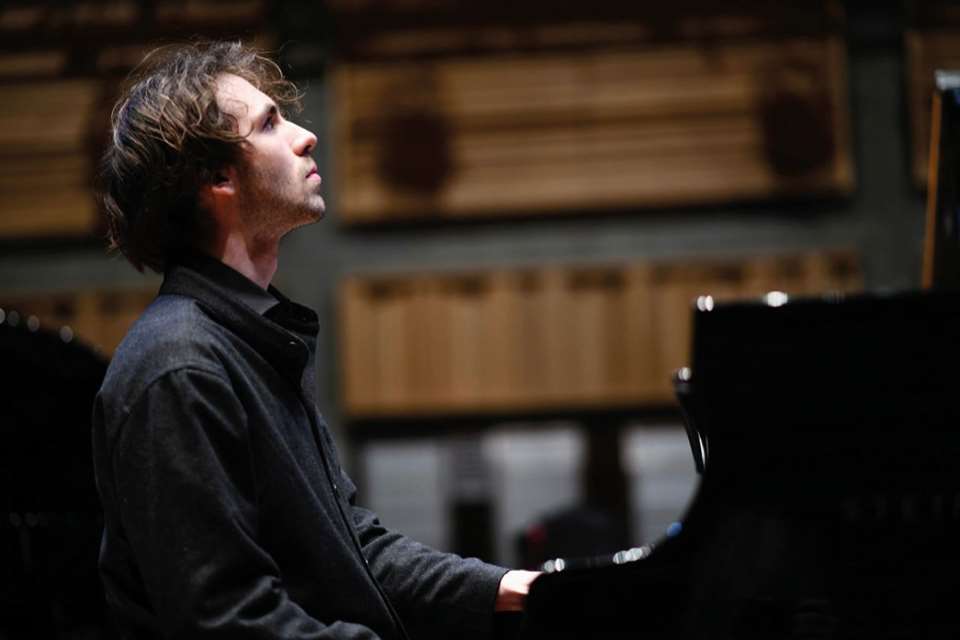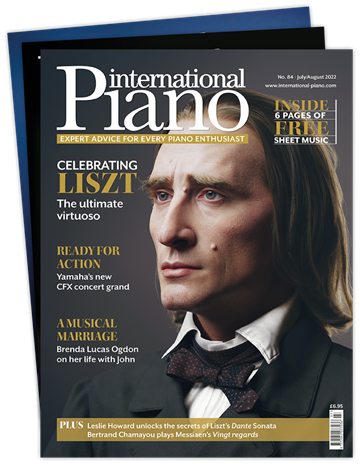Saint-Saëns: Piano Concerto No 2, Op 22. Le carnaval des animaux (Lang Lang, Gina Alice)
Peter J Rabinowitz
Friday, March 8, 2024
At its best this collection is sufficiently infectious that it’s worth looking past the flaws

Even without the blazing fingerwork that comes to the fore in Lang Lang’s dash through Saint-Saëns’s Toccata after the Fifth Concerto, there would be a lot to admire here. There is, for example, his subtle shading (the pianissimos in Tailleferre’s poignant Valse lente are especially exquisite). There’s also plenty of vivid characterisation: we’re used to focusing on the flute in the ‘Aviary’ of Carnival of the Animals, but here the imitation of fluttering wings on the pianos (where Lang Lang is joined by his wife Gina Alice) is more evocative still. And, of course, Lang Lang deserves credit for filling out his hefty selection of encores with alluring works by five French women who are unlikely to be familiar to his fan base – and for doing so without condescension. Whether in the elegant fioritura in Farrenc’s melancholy Étude, Op 26 No 10, or in the luminous fluidity of Boulanger’s D’un jardin clair, these committed and thoughtful readings draw the best from the music.
Unfortunately, there’s something amiss with the major work, Saint-Saëns’s Second Concerto. The notes throw up a red flag when they tell us that the recording was ‘a mission to rediscover a neglected masterpiece’. For regardless of whether it’s a masterpiece, it’s surely not neglected – and Lang Lang’s conviction that he’s rescuing a forgotten work seems to have led to an over-emphasis on detail and to an excess of sobriety that stamps out the concerto’s irony. Not that it’s a poor performance. Indeed, even those who don’t much like the piece might want to hear it for the sweep of the first movement and the dazzling clarity of the second. Still, from the histrionics of the opening (crowned by an over-the-top rallentando right before the orchestra enters) to the intensity that grips the finale, the gravity of the playing keeps pulling this acrobatic work off its trapeze.
The interpretative overload subverts some of the other music as well. Ravel’s Pavane surely doesn’t need to be wrung the way it is here; and while Lang Lang and Alice are not the first pianists to monkey with the score in Carnival’s ‘Pianists’, their pie-in-the-face approach counteracts Saint-Saëns’s keen wit. Nonetheless, at its best this collection is sufficiently infectious that it’s worth looking past the flaws.
This article originally appeared in the Spring 2024 issue of International Piano. Never miss an issue – subscribe today








